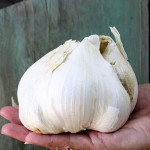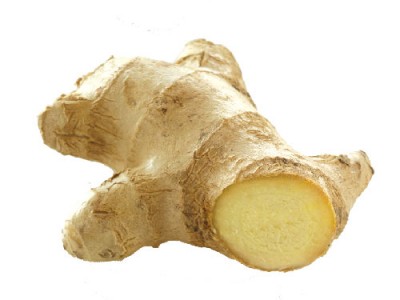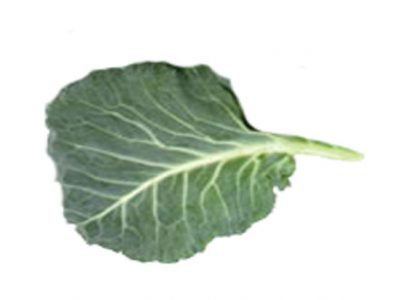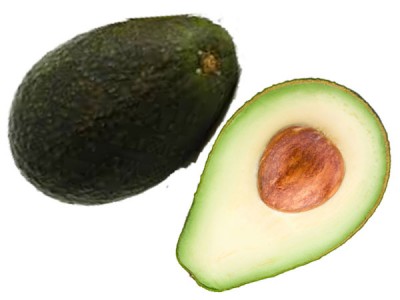
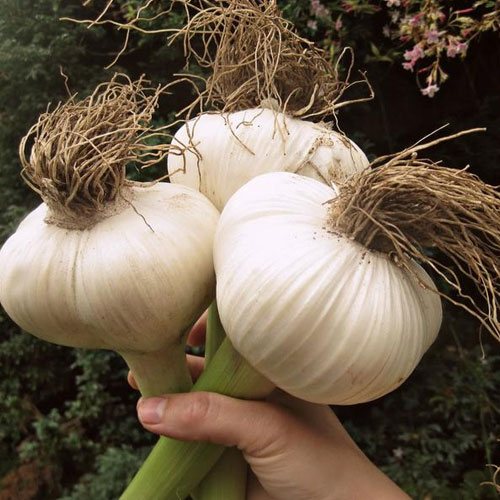
Elephant Garlic Aspects And its Uses
Elephant Garlic
Plants and trees grow abundantly in the wild and hundreds of rich trees are found in Amazon forests. Children like to play on the branches of the trees and sit under the shady trees for hours together. In the rural areas, many meetings and conferences will take place under a giant shady tree. This topic will deal with a plant named Elephant Garlic which is a perennial plant and comes under the onion genus. This comes under the plantae kingdom and amaryllidacea family.The botanical name of this plant is Allium ampeloprasum.
Elephant garlic is not true garlic but actually a variant of the garden leek. It has a very tall flowering stalk with flat leaves much like those of the leek, but forms very large garlic-like cloves. The flower stalks grow up to 2 m high. Large purple or pink flowers appear in summer and spring seasons. The flavor will be similar to that of garlic and much more palatable to some people. The bulbs are very large wherein single bulb generally weighs more than a pound.
Cultivation
These plants grow wonderfully in a well drained and fertile soil as well. It needs lots of sunshine and water for proper growth. The peppery bulbs are used for culinary purposes and also for propagation. The mature bulb is broken up into cloves. The cloves will have papery like substance on their body which has to be removed while cooking and consuming. The single solid bulb which is planted during the first year will reproduce and multiply into many separate bulbs during the second year. Elephant garlic can grow up to 150 mm across when there is adequate water.
It is a welcome or unwelcome in many suburban gardens. Elephant is also called as Russian garlic. The other common names of these plants are giant garlic, great-headed garlic, Levant garlic and Yorktown garlic. This garlic is a native of Southern Europe, North Africa, Asia Minor and other parts of Russia. The bulbs can reach 10 cm in diameter and consist of at least 3 to 6 large cloves. Bulbs are generally harvested when the flowers dry out.
Uses
- Elephant garlic is hardy and disease resistant plant.
- Cloves are generally eaten after boiling or raw.
- These bulbs are high in Vitamins A, C and E and are considered as a very healthy food in many countries.
- The leaves are used in salads and soups.
- Many add the cloves as a flavor while preparing meat items.

